Engaging with the artist’s process
Canvas Gallery show not only attracts attention of viewers to themes but also to the process of work
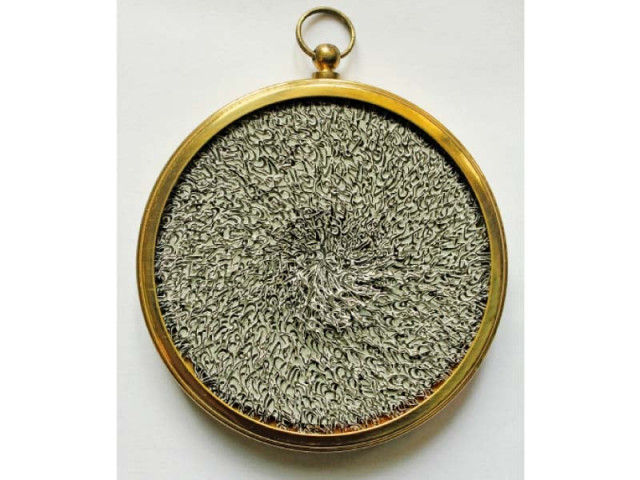
Ghulam Mohammad
Lahore-based artist Inaam Zafar's oil-on-canvas works tell a story of their own. The works are not only thematically rich but also speak of the process involved in their making. He has engaged with the idea of photocopies to convey his message. The 'systematic deterioration of the image' in the photocopy with time, as he calls it, is what he finds similar to political engagements of our country. Each time the act of a political meeting is repeated, it loses substance just like a Xerox copy.
K-P funds artists to promote local culture
Zafar also achieves a certain temperature throughout his paintings. Even though the works are black and white on the surface, the different shades of black and grey have been created by mixing different colours, which is evident on closer inspection. Moreover, as his friend and artist Hassan Mujtaba puts it, Zafar's works speak of the inspiration that he has drawn from Belgian artist Luc Tuymans.
Zafar chose the title of the exhibition, After-Past, to convey the idea of hanging in between the future and the present. He relates the title to Kiran Saleem's works as well. Her photorealistic oil-on-canvas works depict Western portraits, such as Van Gogh's self-portrait.
"I took these printed images of Western paintings to reinforce the idea of what I see, interpretation and shift of perception which takes places upon discovery, as I have never seen these paintings in real[ity] and the only source [through] which these paintings come to me is web or printed form," she writes in her statement.
Artists, singers to be given Rs30,000 per month
Building on the notion of reality versus perception, she relates to the title of the exhibition through the idea of paintings that were made in the past and have been reproduced for the next generations. This is a thematic similarity that Zafar and Saleem share in their approaches to reproducing information, be it through photocopies or picture of paintings.
Ghulam Mohammad also builds on the theme of what happens to a certain text after it has been read through the use of his paper collages of Urdu text. He cuts the little words and creates an intricate web in the form of a collage by pasting the words on each other.
"Language, paradoxically, conveys meaning and limits communication [at the same time]," he says in his statement. "I see language as something that leaves behind in its construction a mass of abstract emotions, feelings and sensations that inform identity. The range and limitation of language, experienced by me on an everyday basis, is also one of the concerns that I try to engage with."
A hidden talent in Lyari paints the First Family of the US
Mohammad calls his breakdown of text through cutting a 'cathartic act'. "The rediscovery of language by freeing it from the page where it is composed and recomposing it enriches it with not just 'meaning' but also an aesthetic reading," he writes. Hence, his works link with those of Zafar and Saleem in their idea of reproduction or reassembling of information, be it pictures, paintings or text.
Strinking different from the above-mentioned works are those of Amjad Ali Talpur. His watercolour-on-wasli paintings depict ordinary, everyday objects such as spoons and pencils in the bullet belt. They are more of a direct political comment with little process of thought engaging the viewer.
The show runs till November 5.
Published in The Express Tribune, October 30th, 2015.


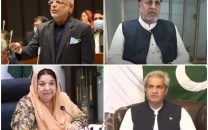
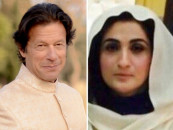
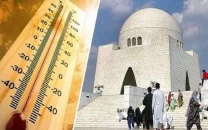
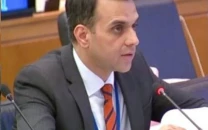






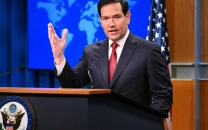






COMMENTS
Comments are moderated and generally will be posted if they are on-topic and not abusive.
For more information, please see our Comments FAQ